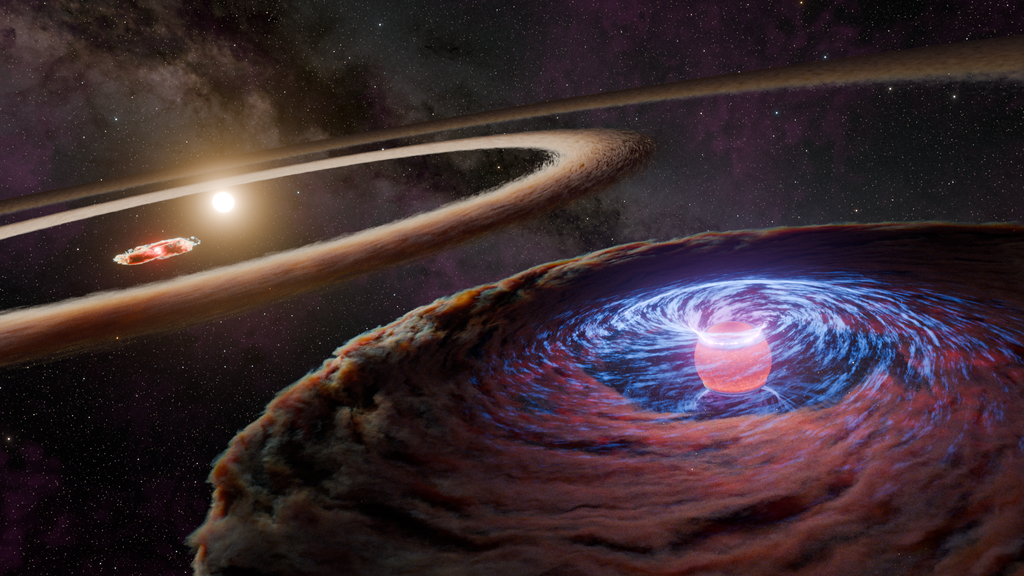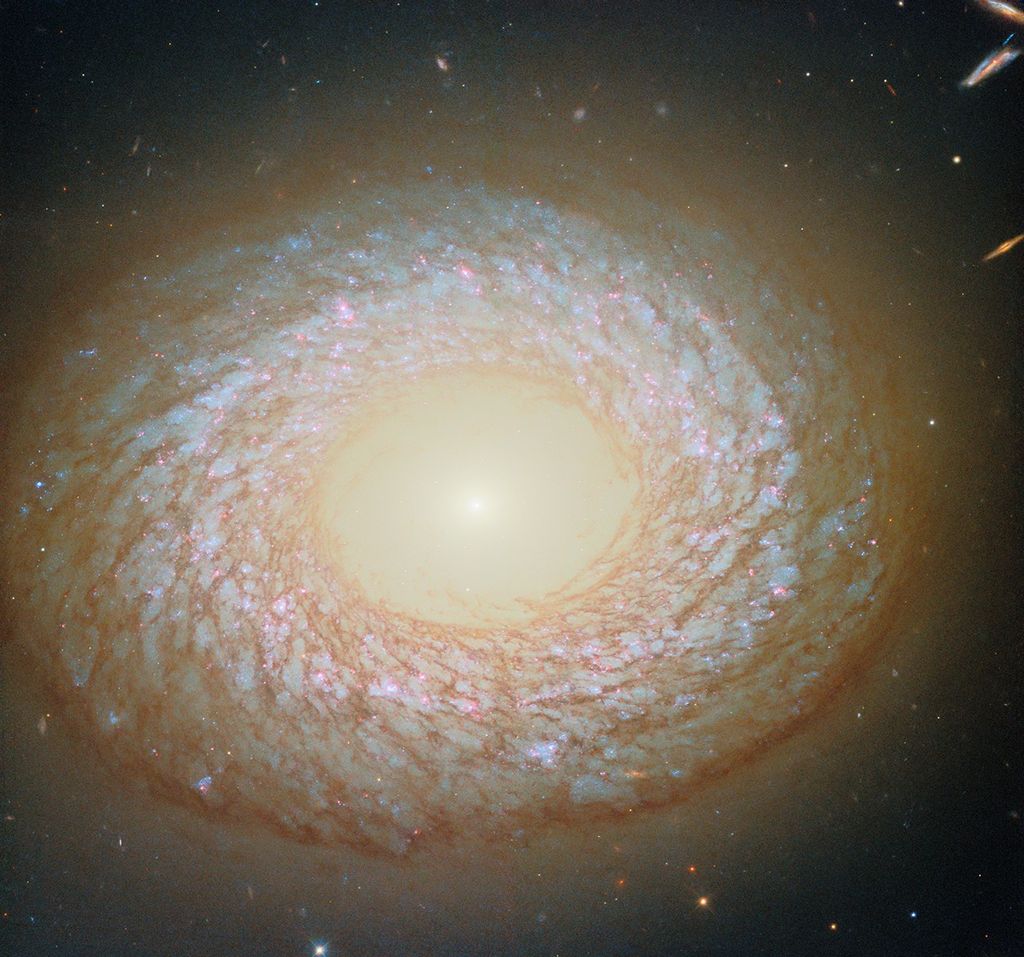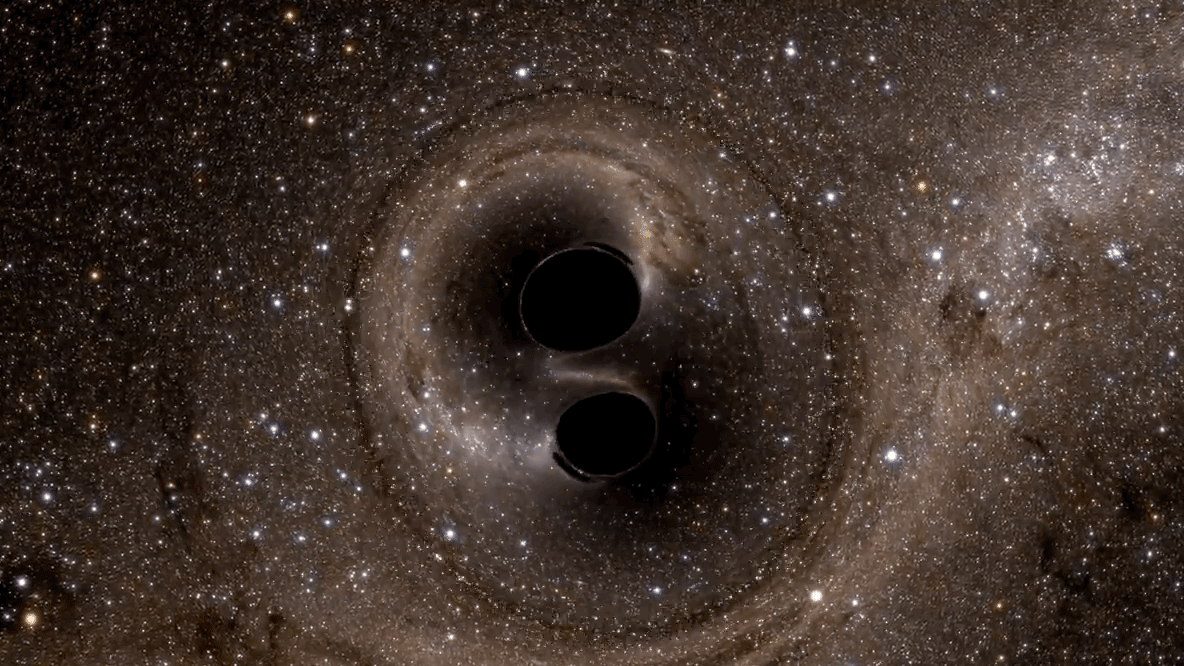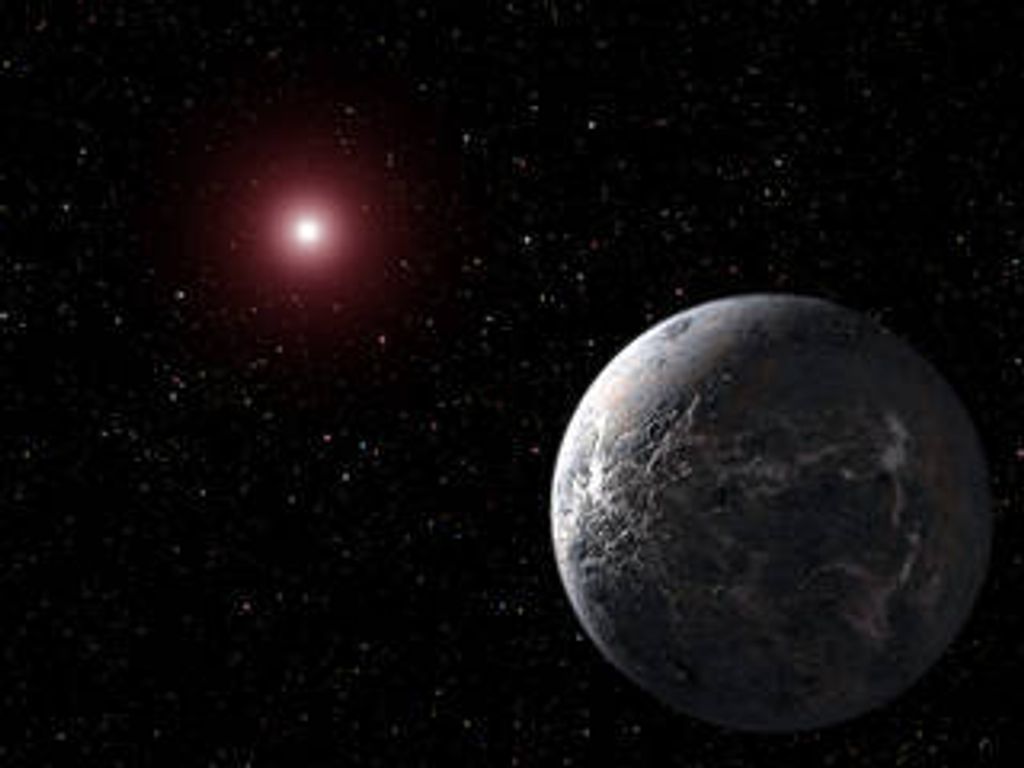1 min read
Infrared Universe: Andromeda Galaxy
Andromeda is the nearest spiral galaxy to the Milky Way, around 2.5 million light-years away. Once thought to be a twin of our galaxy, its different structure is very evident in infrared light. While it is a spiral galaxy, its dust falls largely in a huge ring structure, possibly caused by gravitational interactions with its smaller satellite galaxies.
Optical: This is the classic visible view of the Andromeda Galaxy.
Credit: NOAO, AURA/NSF
Infrared: Andromeda's dust ring stands out in the infrared.
Credit: NASA, JPL-Caltech, K. Gordon (University of Arizona)
About the Infrared Universe Collection
The human eye can only see visible light, but objects give off a variety of wavelengths of light. To see an object as it truly exists, we would ideally look at its appearance through the full range of the electromagnetic spectrum. Telescopes show us objects as they appear emitting different energies of light, with each wavelength conveying unique information about the object. The Webb Space Telescope will study infrared light from celestial objects with much greater clarity and sensitivity than ever before. Explore the Infrared Universe. Adapted from Cool Cosmos by IPAC, with additional contributions from Bruno Merin and Miguel Merin (Pludo).
- Release DateSeptember 3, 2018
- CreditVideo: NASA, ESA, Gregory Bacon (STScI)
Downloads
Share
Details
Laura Betz
NASA’s Goddard Space Flight Center
Greenbelt, Maryland
laura.e.betz@nasa.gov
NASA, ESA, Gregory Bacon (STScI)






























